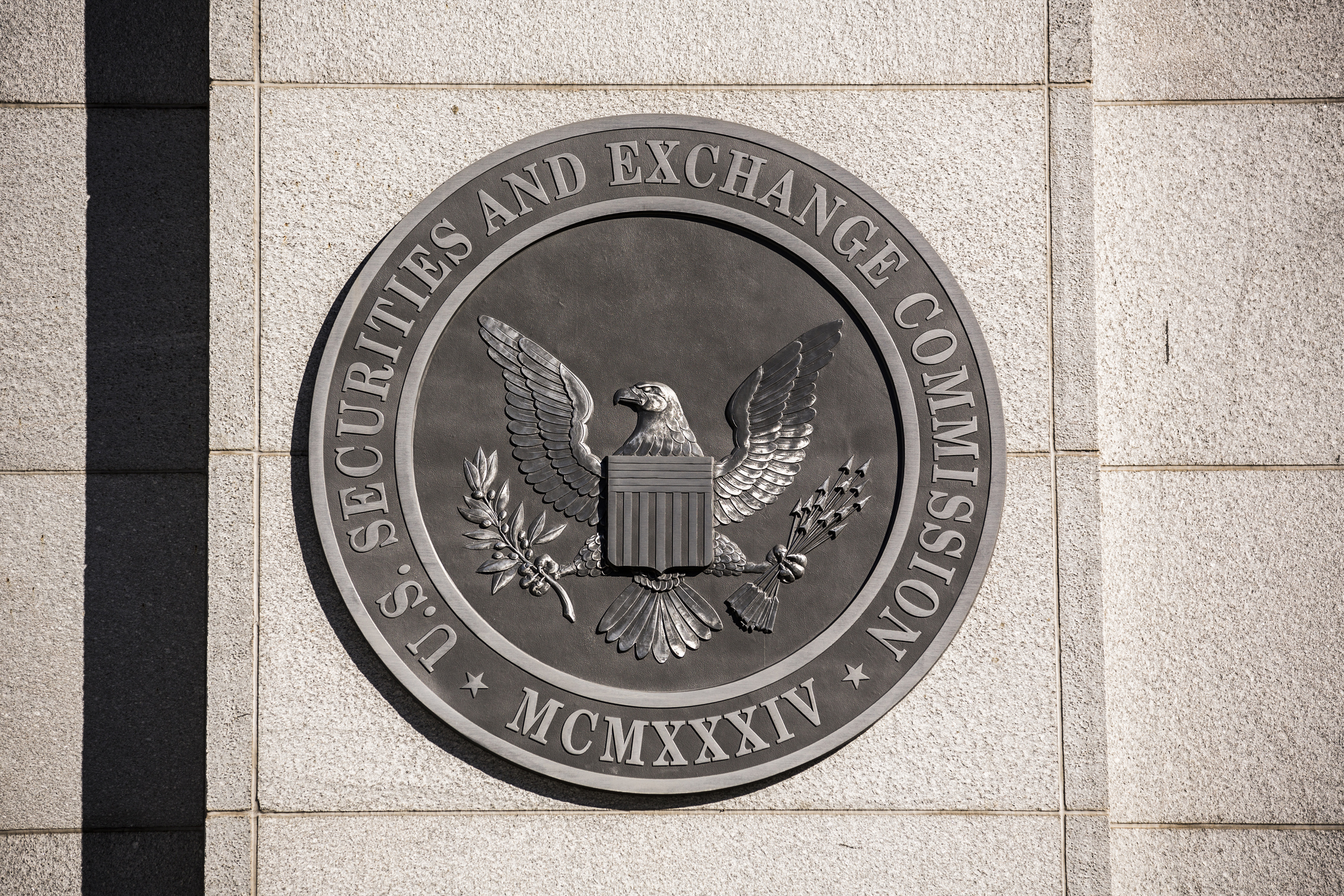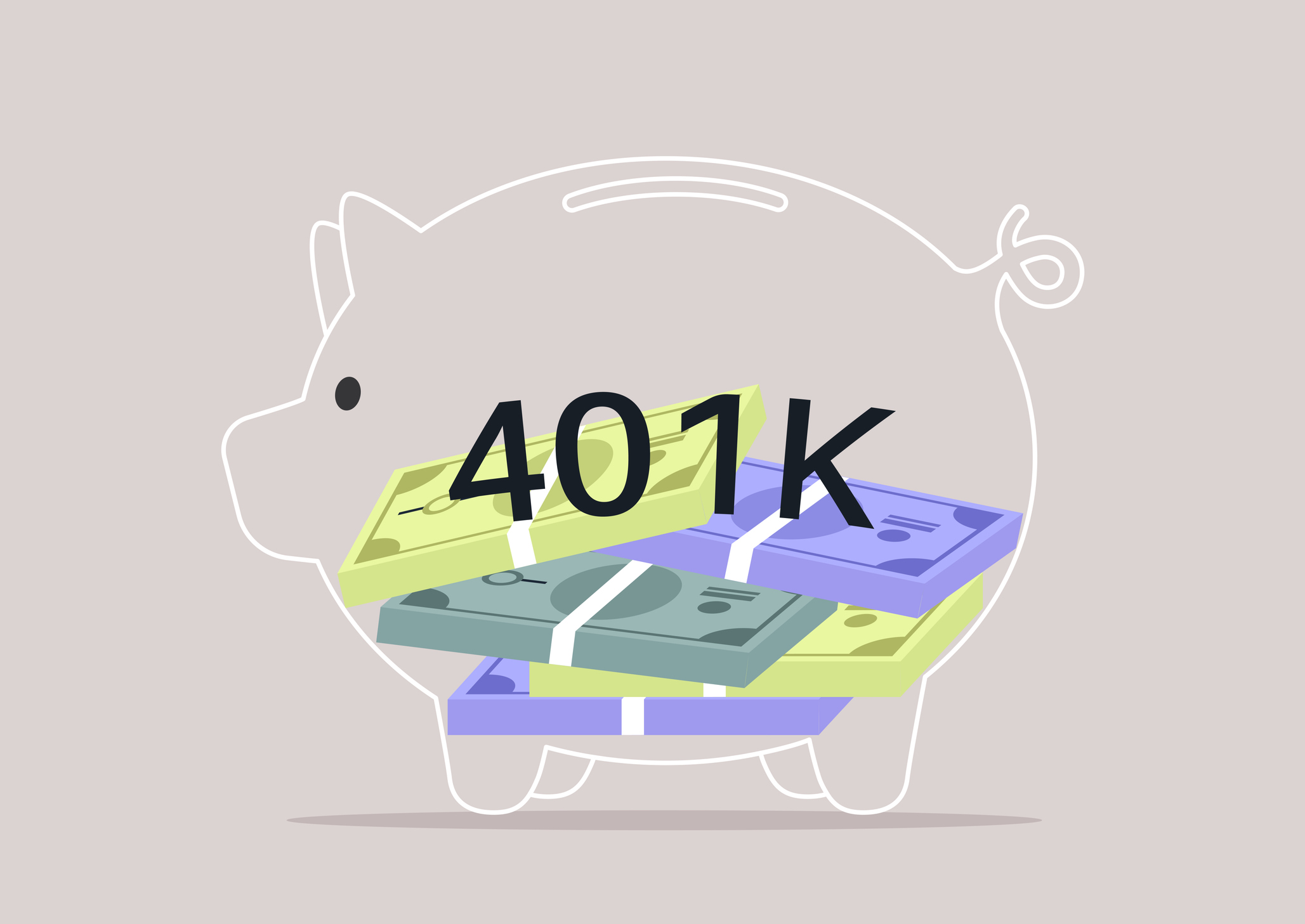Set Up a Solo 401(k) With Low Fees
A variety of brokerage firms and mutual fund companies offer self-employed workers solo 401(k) accounts that are versatile and charge low fees.


I am self-employed and want to open a solo 401(k), but most of the firms I’ve investigated charge hundreds of dollars in setup fees and a yearly fee of 1% to 2% or higher. Can you help me find a company where I can get this set up more economically?
The first generation of administrators offering solo 401(k)s -- back in the early 2000s -- tended to charge high fees for the accounts. But you now have many less-expensive options from a variety of brokerage firms and mutual fund companies.
Fidelity, Charles Schwab and TD Ameritrade, for example, have no setup or annual fees for solo 401(k)s and let you invest in anything available to their IRA and brokerage customers, including many no-transaction-fee mutual funds and commission-free exchange-traded funds. Contact the brokerage firms and mutual fund companies where you have other accounts to see if they offer low-fee solo 401(k)s.
From just $107.88 $24.99 for Kiplinger Personal Finance
Become a smarter, better informed investor. Subscribe from just $107.88 $24.99, plus get up to 4 Special Issues

Sign up for Kiplinger’s Free Newsletters
Profit and prosper with the best of expert advice on investing, taxes, retirement, personal finance and more - straight to your e-mail.
Profit and prosper with the best of expert advice - straight to your e-mail.
Self-employed people may be able to save more in a solo 401(k) than they can in a Simplified Employee Pension (SEP). Solo 401(k)s let you make both employee and employer contributions, meaning you can contribute up to $18,000 for 2015 (or $24,000 if you're 50 or older) as an employee, even if that is 100% of your self-employed earnings for the year, and you can also contribute 20% of your net self-employment income. Your total contributions can't exceed your self-employment income for the year, up to a total of $53,000 for both types of contributions (or $59,000 if age 50 or older).
SEP contributions for sole proprietors, on the other hand, are limited to 20% of your net self-employment income (business income minus half of your self-employment tax), up to a maximum contribution of $53,000 for 2015.
"For a lot of small-business owners who are looking for ways to maximize their retirement savings, this is a great way to accelerate their savings," says Brian Hogan, director of small-business retirement products for Fidelity. Self-employed people can calculate the amount they can contribute to a solo 401(k) or a SEP with Fidelity's Self-Employed Plan Contribution Calculator.
If you already have a solo 401(k) that has high fees or limited investment options, you can transfer your account to a different administrator; the new company can provide the forms to make the tax-free transfer.
If you don't already have a solo 401(k), you need to open the account by December 31 to count for 2015, but then you have until the tax-filing deadline (April 18, 2016) to make your contributions for 2015.
For more information about your options, see the IRS's Retirement Plans for Self-Employed People.
Profit and prosper with the best of Kiplinger's advice on investing, taxes, retirement, personal finance and much more. Delivered daily. Enter your email in the box and click Sign Me Up.

As the "Ask Kim" columnist for Kiplinger's Personal Finance, Lankford receives hundreds of personal finance questions from readers every month. She is the author of Rescue Your Financial Life (McGraw-Hill, 2003), The Insurance Maze: How You Can Save Money on Insurance -- and Still Get the Coverage You Need (Kaplan, 2006), Kiplinger's Ask Kim for Money Smart Solutions (Kaplan, 2007) and The Kiplinger/BBB Personal Finance Guide for Military Families. She is frequently featured as a financial expert on television and radio, including NBC's Today Show, CNN, CNBC and National Public Radio.
-
 'Humbug!' Say Consumers, Despite Hot GDP: Stock Market Today
'Humbug!' Say Consumers, Despite Hot GDP: Stock Market Today"The stock market is not the economy," they say, but both things are up. Yet one survey says people are still feeling down in the middle of this complex season.
-
 The SEC Is Concerned for Older Investors and Retirement Savers. Here's What You Should Know
The SEC Is Concerned for Older Investors and Retirement Savers. Here's What You Should KnowThe SEC focusing on older investors, retirement and college savers, and private securities. Here's how those changes impact you.
-
 Vesting, Catch-Ups and Roths: The 401(k) Knowledge Quiz
Vesting, Catch-Ups and Roths: The 401(k) Knowledge QuizQuiz Test your understanding of key 401(k) concepts with our quick quiz.
-
 Best 401(k) Investments: Where to Invest
Best 401(k) Investments: Where to InvestKnowing where to find the best 401(k) investments to put your money can be difficult. Here, we rank 10 of the largest retirement funds.
-
 How to Find the Best 401(k) Investments
How to Find the Best 401(k) InvestmentsMany folks are likely wondering how to find the best 401(k) investments after signing up for their company's retirement plan. Here's where to get started.
-
 Now You Can Own Bitcoin in 401(k)s. Should You?
Now You Can Own Bitcoin in 401(k)s. Should You?cryptocurrency Fidelity will begin allowing investors to put Bitcoin in their 401(k)s. But is this retirement vehicle the right place to hold crypto?
-
 Seven Reasons to Avoid a Self-Directed IRA
Seven Reasons to Avoid a Self-Directed IRAself directed IRA Self-directed IRAs let investors do things they can't in an ordinary IRA, like invest directly in alternative assets. But this opportunity also comes with these risks.
-
 Solving the Income Challenge
Solving the Income Challengeretirement planning Generating a regular income stream out of your savings and investments can be anxiety-inducing, but digital solutions, such as Schwab Intelligent Income, can help you get it right.
-
 The Best American Funds for 401(k) Retirement Savers
The Best American Funds for 401(k) Retirement Saversmutual funds American Funds has 13 actively managed mutual funds among the 100 most popular 401(k) offerings. We look at the best American Funds in that group … as well as some of the laggards.
-
 The Best T. Rowe Price Funds for 401(k) Retirement Savers
The Best T. Rowe Price Funds for 401(k) Retirement SaversKiplinger's Investing Outlook A dozen T. Rowe Price mutual funds enjoy a place among the nation's most popular 401(k) retirement products. Find out which ones are worth your investment dollars.
-
 Should My Money Stay or Go? Employer 401(k) vs. IRA Rollover
Should My Money Stay or Go? Employer 401(k) vs. IRA Rollover401(k)s Employers are the newest contenders for the rollover assets from your retirement plan. Here’s what to consider when leaving your job and choosing whether to leave your money in your old employer’s defined contribution plan or roll it over to an IRA.